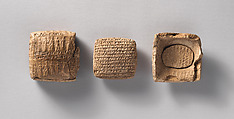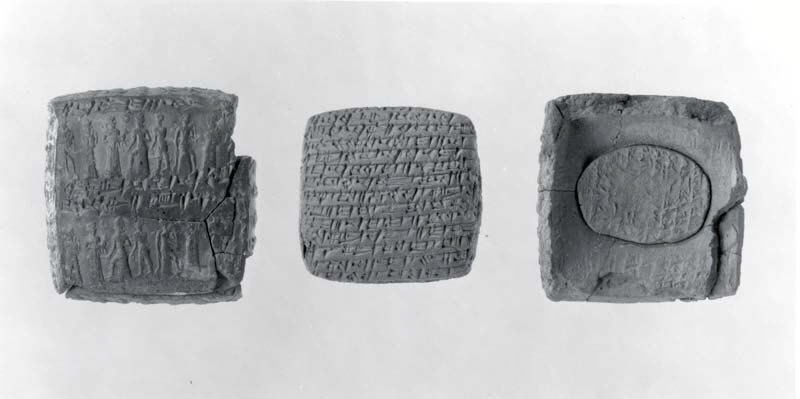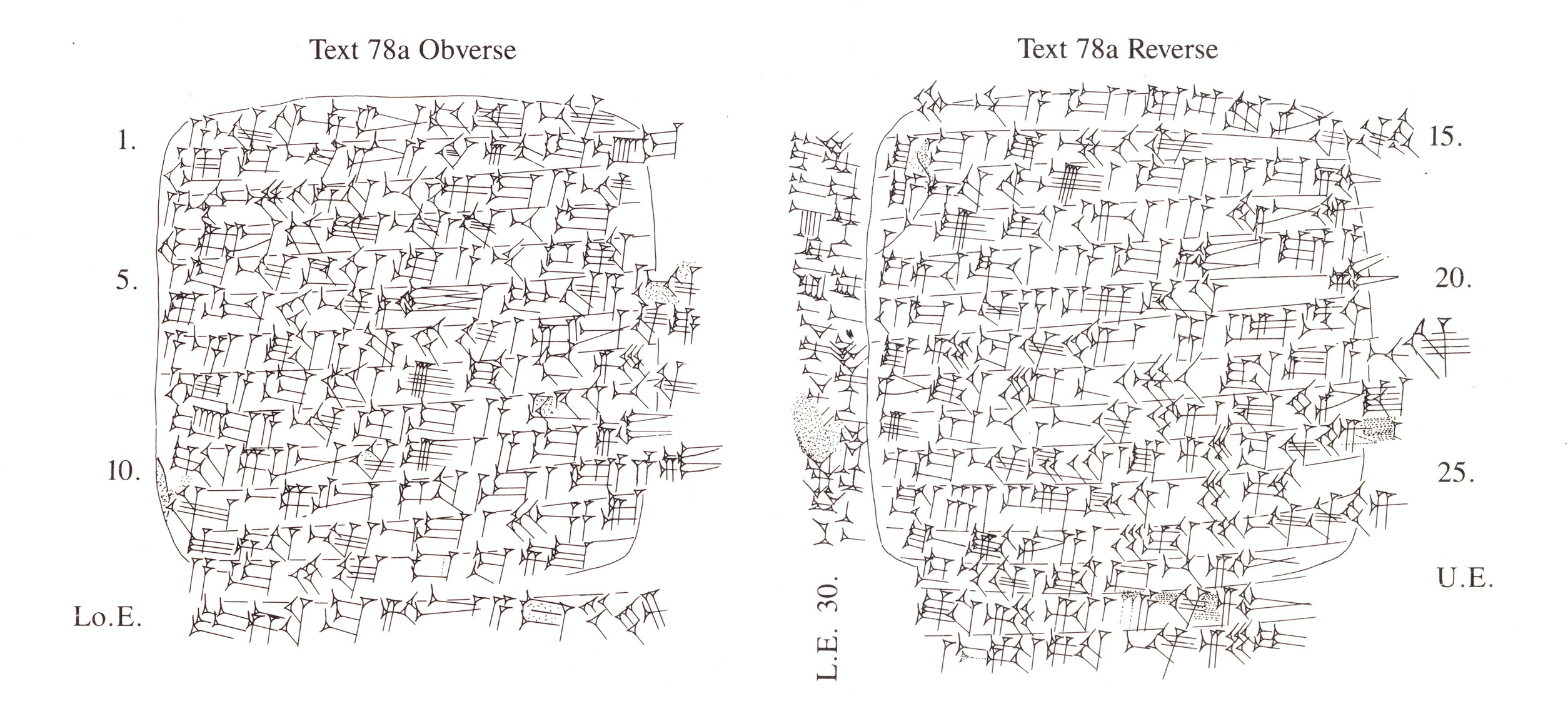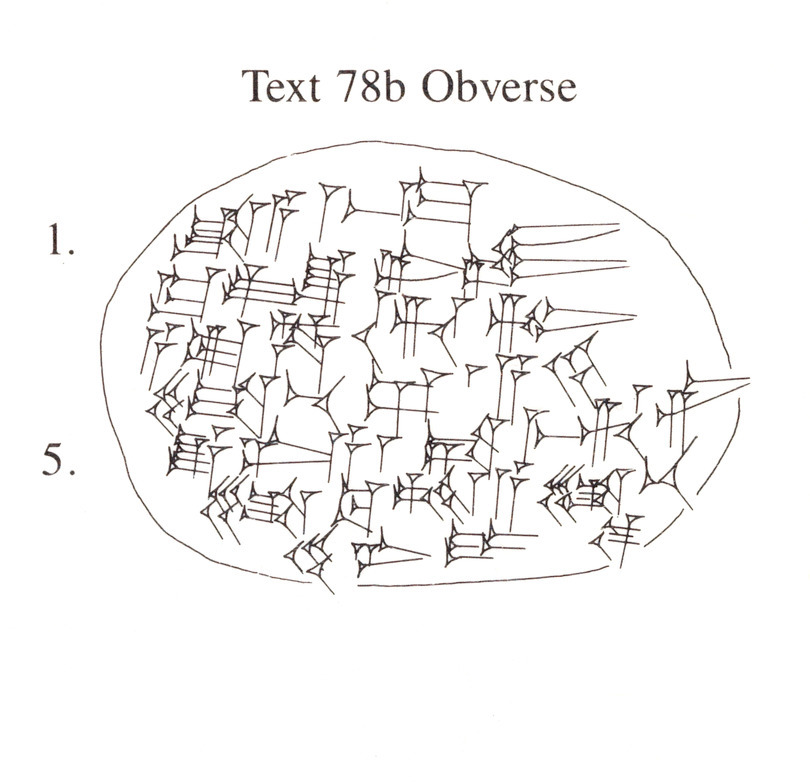Cuneiform tablet with a small second tablet: private letter
Not on view
Kültepe, the ancient city of Kanesh, was a powerful and cosmopolitan city located in northern Cappadocia in central Anatolia. During the early second millennium B.C., it became part of the network of trading settlements established across the region by merchants from Ashur (in Assyria in northern Mesopotamia). Travelling long distances by donkey caravan, and often living separately from their families, these merchants traded vast quantities of tin and textiles for gold and silver in addition to controlling the copper trade within Anatolia itself. Although the merchants adopted many aspects of local Anatolian life, they brought with them Mesopotamian tools used to record transactions: cuneiform writing, clay tablets and envelopes, and cylinder seals. Using a simplified version of the elaborate cuneiform writing system, merchants tracked loans as well as business deals and disputes, and sent letters to families and business partners back in Ashur. These texts also provide information about the greater political history of Ashur and the Anatolian city-states as well as details about the daily life of Assyrians and Anatolians who not only worked side-by-side, but also married and had children together. At Kültepe, thousands of these texts stored in household archives were preserved when fire destroyed the city in ca. 1836 B.C. and provide a glimpse into the complex and sophisticated commercial and social interactions that took place in the Near East during the beginning of the second millennium B.C.
These two tablets were sent in the same clay envelope or case (1983.135.4c) and represent a single letter. The letter, read from left to right, begins on the larger rectangular tablet, but after its writer, Ashur-muttabbil, used up all of the space, including the edge, he decided to add a brief note on a thin oval tablet. Ashur-muttabbil writes to settle what appears to be a family dispute back in Kanesh, involving the ownership of slave girls. One of the recipients of the letter, Kunanniya, was Ashur-muttabbil’s wife. The name Kunanniya is Anatolian and shows that Ashur-muttabbil, like many latter generation merchants, married a local woman rather than, or often in addition to, an Assyrian woman back in Ashur. The remarkable life of Kunanniya has been preserved in this text and several others, which chart her unfortunate experiences dealing with her in-laws and own family as a young widow after the premature death of Ashur-muttabbil.
Due to rights restrictions, this image cannot be enlarged, viewed at full screen, or downloaded.
This artwork is meant to be viewed from right to left. Scroll left to view more.







